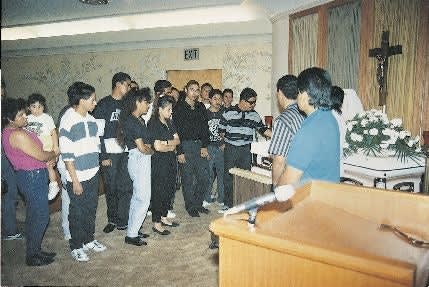Throughout the year, police agencies across the country have reported the formation of alliances between gangs that were once thought to be rivals. This is not a new phenomenon. More and more street gangs are getting involved in nonviolent, gang-related crimes. Movement into welfare fraud, check fraud, credit card fraud, fraudulent identification, bus-pass fraud, and the fencing of stolen property allows a street gang member to make money. If arrested and convicted, the gangster expects to serve less time. Why? Because the crime is nonviolent and not traditionally associated with the gang subculture. The illegal criminal enterprises allow unique relationships to form between rival gang members, especially if the crime occurs in another part of the state or out of state. The teamwork also guarantees increased profits.
Drug abuse is expanding, especially within the 14-24 age group. Coincidentally, the majority of the country's gang population is also found within this age group. Nationally, many street gangs are getting involved in drug sales, and younger gang members are selling drugs. These younger gang members are also arming themselves, according to a National Drug Information Center report. By younger, I mean kids as young as 12 or 13 years old.
The drug business and nonviolent, gang-related crime fuel a partnership between street gang members who were once rivals, though this often occurs in a state different from the gang's origin. For example, Los Angeles-based Hispanic gang members, who were rivals in Southern California, turned into drug-dealing business partners in Albuquerque, N. M. In New Mexico, the individual gang members teamed up under a common name. They became known as "Sureño-13." These types of alliances can also grow very quickly and invade a city literally overnight. Thanks to great work by the Bureau of Alcohol, Tobacco and Firearms, Federal Bureau of Investigation and Albuquerque Police Department, this drug-selling gang was dismantled.
Street gang members from the Midwest, East and West Coasts have been encountered working together. These new alliances have been seen in Hispanic, Asian, black, and white street gangs. The drug business has also fueled an increase in gang migration and unique gang alliances. Academic research at one time indicated that gang migration accounted for a small proportion of new gangs forming outside California. However, there have been no recent studies to show if that trend is still true.
Transportation












